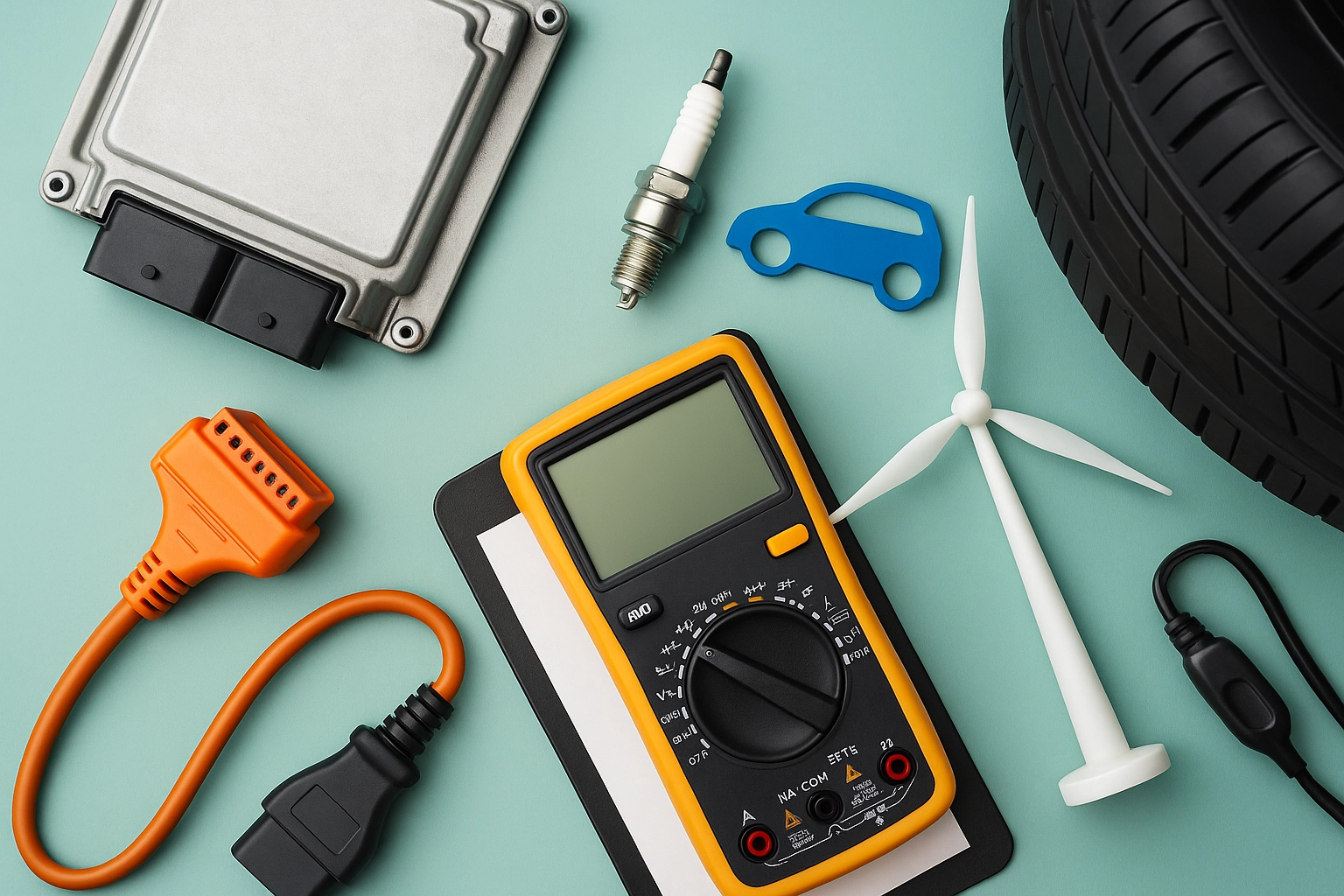UL 2231 EV Connector Safety Testing
The UL 2231 standard is a critical benchmark in ensuring that electric vehicle (EV) and hybrid vehicle (HV) chargers, also known as EV connectors, are safe for use. This standard covers the electrical safety requirements of connectors used to charge electric vehicles with alternating current (AC) or direct current (DC). Compliance with UL 2231 is essential for manufacturers aiming to meet global market entry regulations and gain consumer trust.
The testing protocol outlined in UL 2231 focuses on the connector's mechanical integrity, electrical performance, and resistance to environmental stresses. The standard aims to prevent hazards such as electric shock, fire, and overheating by ensuring that connectors can withstand rigorous stress tests without compromising safety. This service is particularly important for automotive manufacturers looking to introduce new EV or hybrid models into markets with stringent safety regulations.
The UL 2231 test involves multiple stages designed to simulate real-world conditions encountered during charging. These include but are not limited to:
- Thermal cycling: Simulating the effects of temperature variations on the connector's performance and durability.
- Vibration testing: Assessing the connector's resilience against mechanical stress caused by vehicle movement or road conditions.
- Electrical load tests: Evaluating the connector's ability to handle high current loads without overheating or failure.
The testing process is rigorous and demands precision. Our laboratory adheres strictly to the guidelines set forth in UL 2231, ensuring that every test performed meets the highest safety standards. This service provides invaluable data for manufacturers to improve product design and ensure regulatory compliance.
Our team of experts uses state-of-the-art equipment tailored specifically for EV connector testing. The apparatus includes high-capacity electrical loads simulators, thermal chambers capable of wide temperature ranges, and vibration platforms that replicate the stress an EV connector might endure during daily use. These tools are essential in providing accurate and reliable test results.
The acceptance criteria defined by UL 2231 include specific performance metrics such as maximum allowable current, voltage withstand capacity, and insulation resistance requirements. Meeting these standards ensures not only product safety but also longevity and reliability under various operational conditions.
Compliance with UL 2231 is particularly important for electric vehicle manufacturers because it enhances brand reputation and fosters consumer confidence in the safety of their products. This service supports automotive companies by providing robust evidence that their EV chargers meet or exceed international standards, thereby facilitating market access to regions like North America where UL certification is highly valued.
Quality and Reliability Assurance
- Compliance Verification: Ensuring that the connectors meet all specified requirements as outlined in UL 2231.
- Data Validation: Confirming test results through multiple rounds of analysis to ensure accuracy and reliability.
- Continuous Improvement: Leveraging insights gained from testing to enhance product design for future iterations.
Customer Impact and Satisfaction
- Enhanced Safety: By adhering to UL 2231, we ensure that EV connectors are safe for use, reducing the risk of accidents.
- Increased Market Access: Compliance with this standard opens doors to international markets where UL certification is mandatory.
Use Cases and Application Examples
This service is particularly beneficial for automotive manufacturers, especially those developing electric or hybrid vehicles. By ensuring that their EV connectors comply with UL 2231, they can:
- Meet Regulatory Requirements: Complying with international standards like UL 2231 helps meet regulatory requirements in various countries.
- Improve Product Design: The insights gained from testing inform design improvements, leading to more reliable and safer products.
In addition, this service supports R&D teams by providing data necessary for innovation. For instance, it helps in understanding the limitations of current technology so that future developments can address these gaps effectively.





